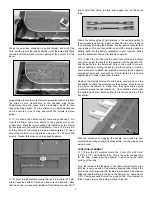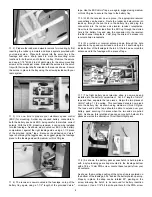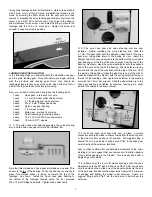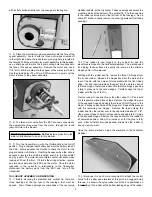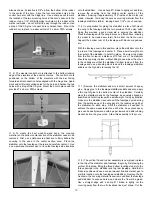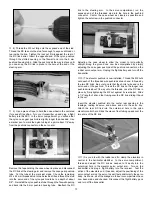Reviews:
No comments
Related manuals for Kadet Senorita EP

66107
Brand: Badger Basket Pages: 3

15405
Brand: Badger Basket Pages: 4

12030
Brand: Badger Basket Pages: 10

12022
Brand: Badger Basket Pages: 6

Srimok 90
Brand: Kasama Pages: 43

KSM-1
Brand: tams elektronik Pages: 20

USAF F-15A
Brand: Minicraft Models Pages: 4

He 111H-6 nose interior
Brand: Eduard Pages: 6

KICK`N CRAWL BARN 71699
Brand: Fisher-Price Pages: 4

D&RGW K37 2-8-2
Brand: Accucraft trains Pages: 6

Teksumo
Brand: H-KING Pages: 4

DPFMS086P
Brand: FMS Pages: 20

APOLLO 11 SATURN V ROCKET
Brand: REVELL Pages: 16

293059
Brand: Faller Pages: 12

B-17E/F engines
Brand: Eduard Pages: 2

0067 85006700200
Brand: Monogram Pages: 33

ZOOM P-40E
Brand: Eduard Pages: 4

FXD00
Brand: Fisher-Price Pages: 6

